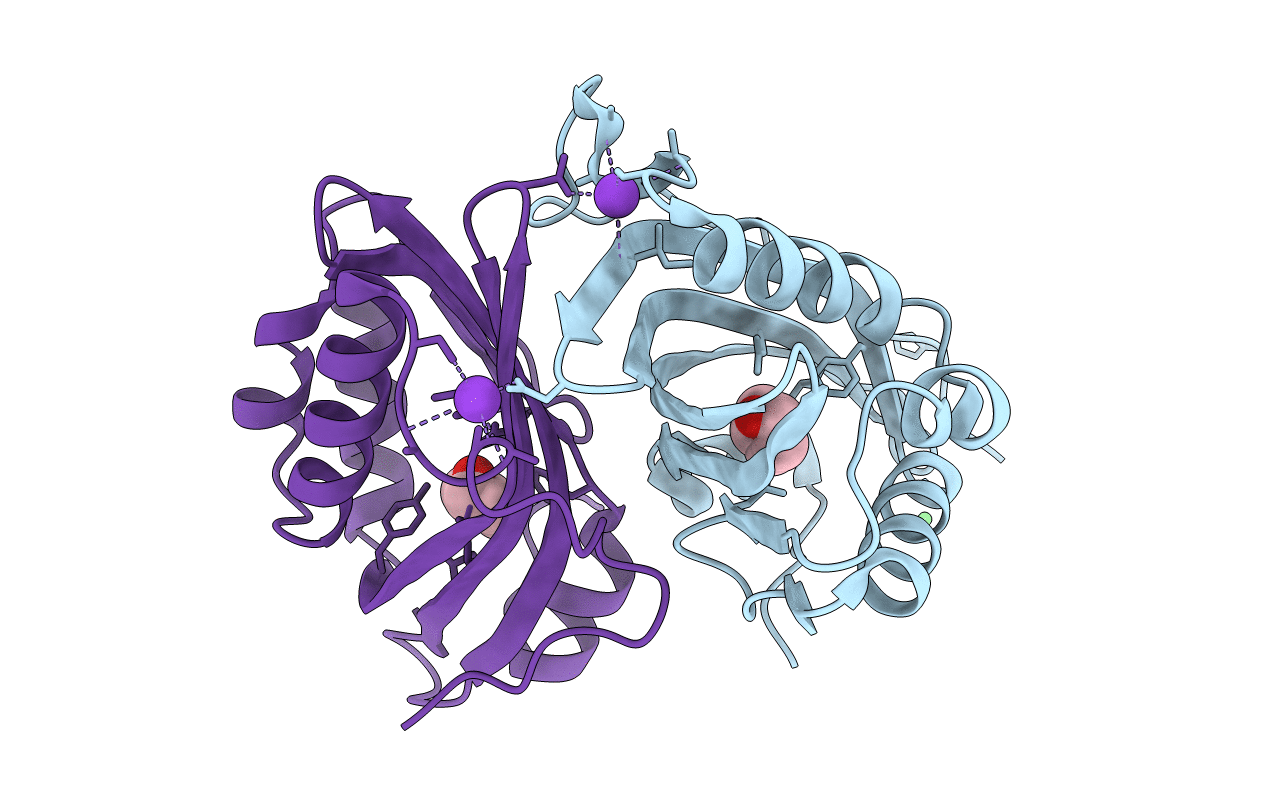
Deposition Date
2017-10-24
Release Date
2018-06-27
Last Version Date
2024-03-27
Entry Detail
PDB ID:
5YNG
Keywords:
Title:
Crystal structure of SZ348 in complex with cyclopentene oxide
Biological Source:
Source Organism:
Rhodococcus erythropolis (Taxon ID: 1833)
Host Organism:
Method Details:
Experimental Method:
Resolution:
2.50 Å
R-Value Free:
0.24
R-Value Work:
0.18
R-Value Observed:
0.19
Space Group:
P 63


